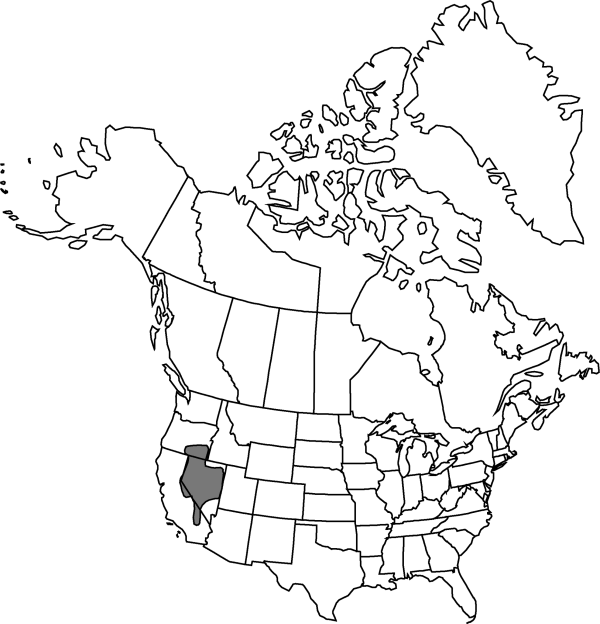Difference between revisions of "Atriplex argentea var. hillmanii"
Contr. W. Bot. 11: 21. 1903.
FNA>Volume Importer |
FNA>Volume Importer |
(No difference)
| |
Revision as of 20:02, 24 September 2019
Stems spreading or ascending, densely branched, forming low broad clumps, 1.5–3(–4.5) dm. Leaves: blade ovate-oval, triangular, or oval to broadly oblong or rhombic-orbicular, 8–30 mm, base acute to subtruncate, margin entire or less commonly irregularly dentate, grayish scurfy. Fruiting bracteoles sessile or rarely some short stipitate (stipe to 2 mm), ovate to obovate, suborbicular, or cuneate in profile, compressed or thickened, 3.5–6.2 × 3.7–7.2 mm, margin deeply and acutely dentate, faces naked or covered with numerous short to elongate, flattened appendages. 2n = 18, 36, 54.
Phenology: Flowering summer–fall.
Habitat: Dry or moist saline, silt or clay substrates mainly in valley bottoms
Elevation: 1000-1800 m
Distribution

Calif., Nev., Oreg.
Discussion
Atriplex argentea var. hillmanii often occurs with Sarcobatus, Atriplex spp., Halogeton, Salsola, and Chrysothamnus. The features used to distinguish this taxon from var. argentea center on the mostly sessile fruiting bracteoles, which typically bear acute-attenuate or acuminate processes, and on the tendency of the plants to grow in depressed low clumps mainly less than 3 dm tall. These features are not always consistent, and neither are they consistently associated. Some plants bear occasional short stipitate fruiting bracteoles, and in some the appendages are merely acute. Examples of much taller plants are also known. Despite the lack of totally consistent characteristics, the entity has a geographic basis, with western Nevada at its approximate center and minor extensions into adjacent southeastern California and southeastern Oregon.
Selected References
None.